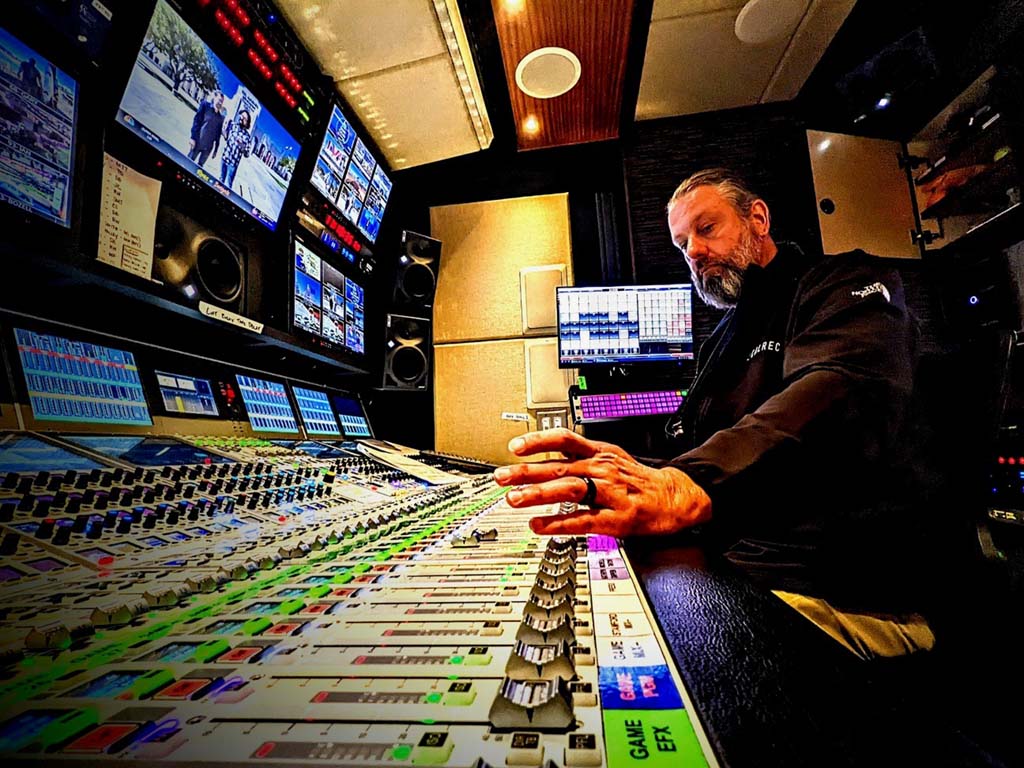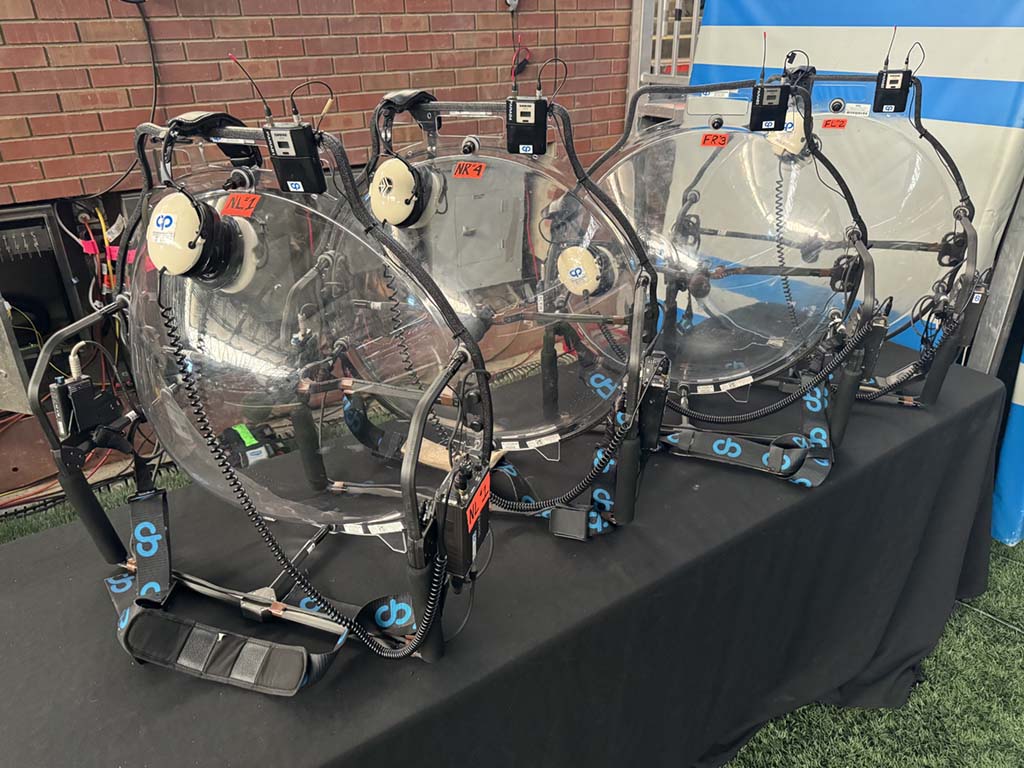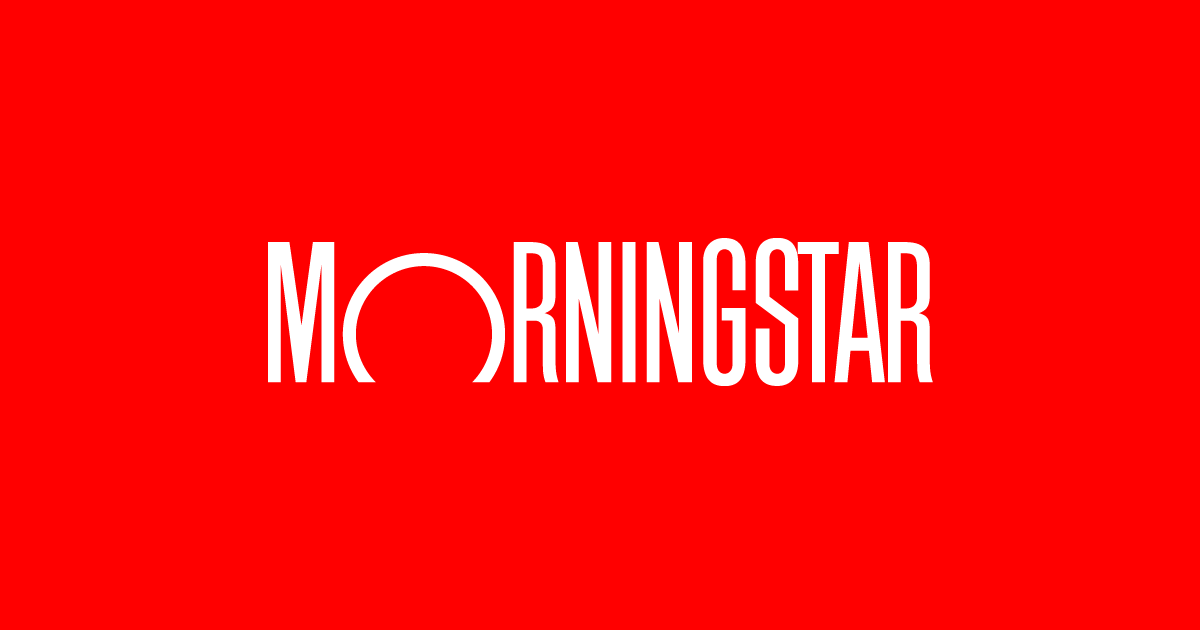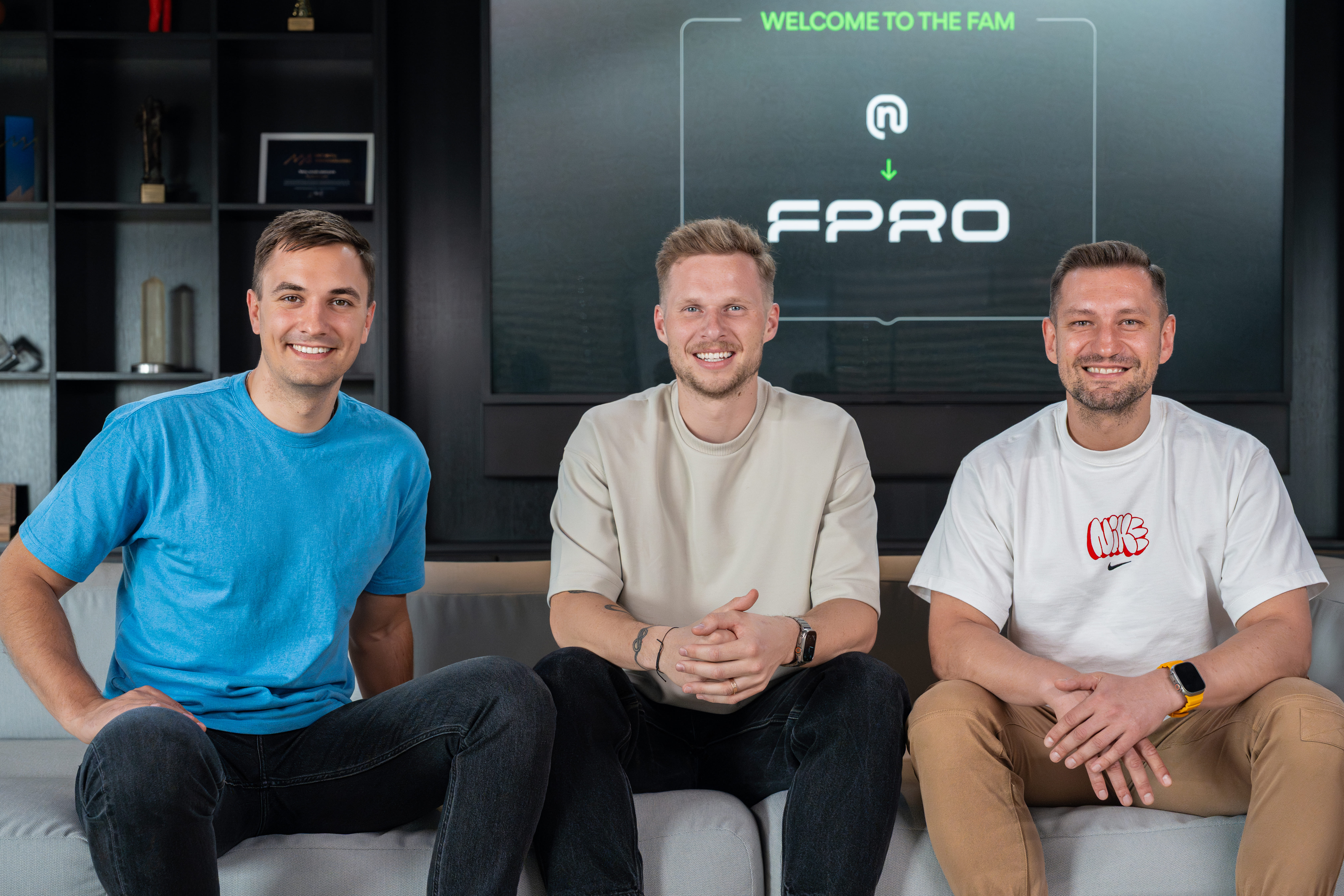Author: Zhou Yuan / Wall Street News
Global GPU leader NVIDIA is collaborating with MediaTek to develop high-performance APU (Accelerated Processing Unit), which is planned to be launched as early as early 2026, in partnership with Dell’s gaming brand Alienware to introduce new machines.
If this collaboration materializes, it will break AMD’s monopoly in the APU field and reshape the competitive landscape of the gaming laptop market.
The collaboration between NVIDIA and MediaTek focuses on the deep integration of heterogeneous computing. The APU will adopt NVIDIA’s latest Blackwell architecture GPU module (speculated to be a simplified version of GB206 or GB207) and integrate MediaTek’s customized Arm architecture CPU cores.
The Blackwell architecture is based on TSMC’s 4nm process, with its third-generation RT Core (Ray Tracing Core) and fourth-generation Tensor Core (dedicated hardware unit) achieving breakthroughs of 2x ray tracing performance improvement and 4x AI inference speed enhancement.
Taking GB206 as an example, it is equipped with 36 SMs (Streaming Multiprocessors), 4608 CUDA cores, paired with 128-bit GDDR7 memory, with overall performance expected to be close to the 65W version of the RTX 4070 mobile graphics card, significantly surpassing the existing mobile APU graphics performance.
The new generation CPU core after MediaTek’s Cortex-X925 (similar to the Dimensity 9500 architecture) can provide efficient multitasking capabilities, and after collaborative optimization with the GPU, the overall energy efficiency ratio is improved by about 30%.
By sharing the power supply system and collaborative thermal design, the thermal design power (TDP) of the APU is controlled around 65W, reducing power consumption by about 30% compared to traditional “CPU + discrete GPU” solutions.
MediaTek’s energy efficiency management technology accumulated in the mobile processor field (such as Dynamic Voltage and Frequency Scaling) combined with NVIDIA’s DLSS 3.5 super-resolution technology can ensure high performance while extending battery life.
TSMC’s CoWoS advanced packaging technology is used to achieve high-density integration between chips.
TSMC plans to increase CoWoS monthly production capacity to 75,000-80,000 wafers by the end of 2025, with CoWoS-S and CoWoS-L exceeding 20,000 and 45,000 wafers respectively, providing capacity assurance for the mass production of APU.
This packaging technology not only avoids the signal delay issues of traditional multi-chip packaging but also supports future upgrades to HBM4 high-bandwidth memory (expected to be launched in 2026), with data transfer rates reaching 8.0Gbps+.
The strategic intent of this collaboration directly targets two major market opportunities.
First, the performance innovation of gaming laptops.
Currently, the gaming laptop market is dominated by the “discrete graphics card + CPU” mainstream configuration, but the heavy cooling modules and high power consumption limit portability.
The APU solution from NVIDIA and MediaTek, through integrated design, is expected to reduce the thickness of the body by 15%-20% while maintaining performance, meeting users’ demand for “lightweight gaming.”
According to IDC statistics, the global gaming laptop shipment is expected to grow by 9% year-on-year in 2024, with the Chinese market’s shipment expected to reach 9.2 million units by 2028, representing a compound annual growth rate of 4.2%, which provides ample space for high-performance APU.
Market news indicates that Dell’s Alienware new machine may adopt “liquid metal cooling” technology, achieving performance close to a 120W discrete graphics card under a 65W TDP.
Secondly, the computing power upgrade of AI PCs.
With the popularity of generative AI applications, user demand for local computing power has surged.
The integrated NPU (Neural Processing Unit) in this APU can support tasks such as real-time voice recognition and image generation. The new machine in collaboration with Dell’s Alienware may come pre-installed with NVIDIA’s AI development toolkit, aiming to capture the enterprise-level AI PC market.
According to a Canalys report, global AI PC shipments are expected to exceed 103 million units by 2025, accounting for 40% of total PC shipments, making this field a new battleground for tech giants.
Of course, the collaboration between NVIDIA and MediaTek will also impact the existing market landscape.
Firstly, it will affect AMD’s market share. AMD’s Ryzen APU, with its “Zen CPU + RDNA GPU” combination, holds an advantage in the thin and light laptop market.
AMD’s latest Strix Halo APU integrated graphics performance is already close to RTX 3080, and it further optimizes energy efficiency through FSR (FidelityFX Super Resolution) technology.
Additionally, AMD’s collaboration with TSMC on 3nm process technology (such as the Instinct MI355X accelerator) may strengthen its position in the high-performance computing field.
Secondly, Intel will also be impacted by this collaboration. Currently, Intel is accelerating the advancement of “Intel 4” process and Arc graphics card technology, with its Meteor Lake processors achieving integration of CPU, GPU, and NPU through Foveros packaging.
At the same time, Intel’s AI PC ecosystem in collaboration with Microsoft (such as Windows Copilot) may compensate for hardware performance gaps through software optimization.
It is worth noting that Intel plans to use TSMC’s 3nm process for its Falcon Shores AI chip, which may directly target NVIDIA’s APU layout.
The collaboration between NVIDIA and MediaTek marks the entry of APU technology into the “high-performance era.”
Product forms may see technological innovations not seen in years. Thin and light gaming laptops may become mainstream, and traditional gaming laptop manufacturers will need to redesign cooling modules and industrial designs. Dell’s Alienware new machine may adopt “fanless” or “liquid metal cooling” technology, further reducing the size of the device.
Industry standards will also be restructured. The popularity of APU may promote the application of open standards such as UCIe (Universal Chiplet Interconnect Express), facilitating interoperability of chips from different manufacturers
NVIDIA’s recently launched NVLink Fusion technology has provided a technical foundation for cross-vendor hardware collaboration.
With changes in product forms and industry standards, market competition will also intensify. AMD may accelerate the integration of the Zen 5 architecture with RDNA 4 GPUs, and Intel may increase its investment in Arc graphics cards. Will Qualcomm, Apple, and other manufacturers be eager to join the PC APU competition?
In any case, this technological race will ultimately benefit consumers, driving gaming laptops towards higher performance and lower power consumption.
The APU collaboration between NVIDIA and MediaTek is an important milestone in the semiconductor industry’s trend of “heterogeneous computing.” This technological breakthrough, market positioning, and impact on the industry chain are all worth close attention



















 Thunder eliminate Timberwolves & advance to the NBA Finals | SC with SVP
Thunder eliminate Timberwolves & advance to the NBA Finals | SC with SVP

















































